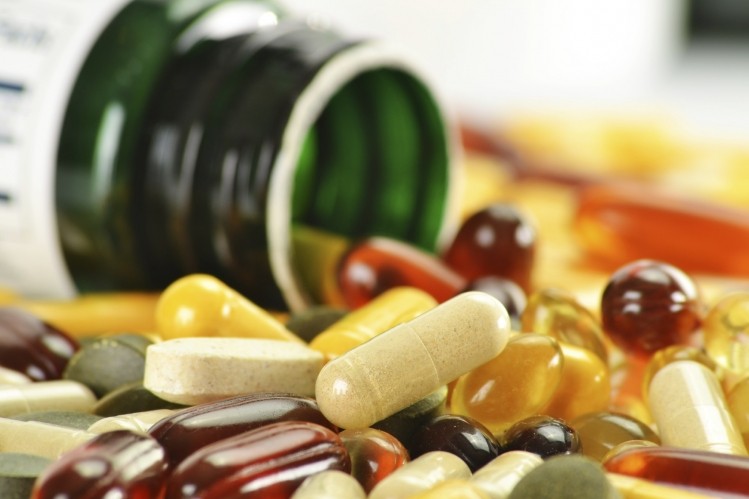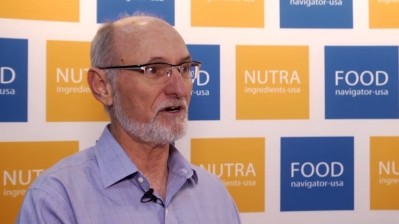Interest in adverse event reporting post AG probe up 15-20%, say experts

NY AG Eric Schneiderman publicly launched his investigation on February 2 with cease and desist letters to four major retailers – GNC, Target, Walgreens, and Walmart – after DNA barcoding tests found 79% of the products tested did not contain the labeled substance or contained other non-listed ingredients.
The investigation broadened on February 23 with letters sent to four leading manufacturers – NBTY, Pharmavite, Nature’s Way, and Nutraceutical Corp. – demanding detailed ingredient and quality control information on every herbal supplement they sell in his state.
Among the demands to the manufacturers was a request for copies of all reports, complaints, or other documents reflecting adverse health.
“The AG is asking for even more than the FDA gets,” observed Dr Rick Kingston, President, Regulatory and Scientific Affairs, SafetyCall International and Clinical Professor of Pharmacy, University of Minnesota. “The FDA only gets serious adverse events, while the AG is asking for all adverse events.
“Our point is that it’s a really good time to make sure you are able to respond to all questions.”
AERs
The reporting of adverse events (AEs) by manufacturers, packers, and distributors of dietary supplements in the US was signed into law on December 22, 2006, with compliance effective one year later. This law details the definitions of what constitutes serious vs. non-serious adverse events, reporting and submission requirements and record-keeping related to such.
Despite being required for over seven years, there is not much talk of adverse event reporting (AER) in the industry, said Dr Kingston. “There probably needs to be more,” he said. And the recent NY AG actions appear to have refocused attention on the issue.
“A number of companies have noticed what kinds of documents are being requested by the Attorney General, but the depth of documentation that is being requested may have slipped through.
“We’ve seen a steady growth in companies looking for support with their AER programs, and since the NY AG investigation began we’ve certainly seen an uptick in companies asking questions about what they need to do in case there’s an investigation.
“It’s probably been about a 15-20% increase in the number of companies asking questions,” he added.
Nutravigilance
Similar increases have been observed by Supplement Safety Solutions, which runs the Nutravigilance program. “I would guess it’s a 10-15% increase,” Stephen Schmitz, MD, MPH, co-founder of SSS told us, “but I would expect more, as responses like the AG NY occur.”
Better awareness of the need to report serious adverse events is driving this, added Dr Schmitz, “however, for a few of the companies, they have transitioned from a pre-launch stage to launch. I find that such companies know they need to do something about adverse event reporting, but they are not completely sure what that something is.”
SSS believes that dietary/herbal supplement companies should employ some, but not all of the best practices from pharma. “One key point is that the company needs to take an active role in obtaining any and all adverse event information, both serious and non-serious. The best way to do this is to train all employees who staff the phone, and have an adverse event form or log to collect the information.
“Even though FDA only requires reporting of SAEs, they require retaining information on any AEs (serious and non-serious) for six years. Because of the tremendous amount of under-reporting of AEs in both the supplement/herbal arena and pharma, all AEs are important as potential signals.”
‘Some companies are still surprisingly unsophisticated’
Compliance seems to vary widely. A 2013 report by the US Government Accountability Office (GAO), which can be accessed here, showed that the FDA received 6,307 AERs from 2008 through 2011, with 71% of these coming from industry for serious health problems. The majority of these reports were for multi-component supplements.
The GAO report added that the actual number of AERs is thought to be higher since poison control centers received over 1,000 more reports of adverse events for dietary supplements during the period 2008-10 than FDA.
In addition, the AERs correspond to only 257 companies, a number which is said to be much lower than the estimated 4,000 dietary supplement firms in existence.
Dr Kingston noted that this is still the most recent data we have on AERs. “It probably hasn’t changed that much,” he said.
“We’re certainly still seeing companies that are surprisingly unsophisticated in their management of AERs,” he said. “Companies are scrambling to put procedures and systems in place, but the best practice companies don’t have anything to be concerned about.”
Noise
The right procedures are one thing, but having the right staff to understand the data is another, which is where the likes of Nutravigilance and SafetyCall come in. “This type of data has a lot of background noise,” said Dr Kingston. “It needs to be assessed in a scientific manner, and the reports do not always reflect a safety issue.
“Adverse event reports are some of the most misleading and misinterpreted data out there.”
“The state of AE reporting in the supplement industry is poor,” said Dr Schmitz. “We see Nutravigilance as an insurance policy for the entire industry – it demonstrates that the company is taking seriously the safety of its products.”
Nutravigilance’s “Big Five” points for companies:
1) Have an organizational commitment to the safety of the products (AE reporting and GMP)
2) Have Standard Operating Procedures for AE and Product Quality Complaints (PQC)
3) Put all information on AEs and PQCs in a detailed log. This enables regular review by consultants and for the purpose of signal detection
4) Train all employees in leadership and those who might possibly take information on an AE (e.g., customer service, business development – anyone who interfaces with the public)
5) Have access to medical expertise like SSS to follow-up on serious adverse events (SAEs) or possible SAEs, and if found, to enter these narratives in FDA’s Safety Reporting Portal (SRP) in the most comprehensive fashion. “We often emphasize that if FDA receives a report from a company from someone like SSS, then they know that company has a system in place!” said Dr Schmitz.











